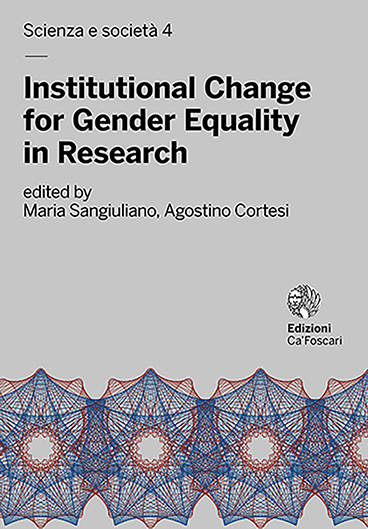- search 157 views
- file_download 4 download
- keyboard_capslock metadata
-
mark_email_readIscriviti alla newsletter
Digital Girls Summer Camp: Bridging the Gender ICT Divide
abstract
Women are currently severely underrepresented in the ICT field of study and in the ICT professions. This brings about severe gender gap at disadvantages in the access to new employment and wages and increased the risk to be left out from the digital revolution. Not only EQUAL-IST maps the gaps in ICT at the disadvantage of women in the different institutions and contexts involved in the partnership, but it also promotes actions to close the digital divide. One of these actions is a Summer Camp that is reserved to girls attending the third or fourth year of high schools to acquire knowledge in ICT by active learning implemented at the University of Modena and Reggio Emilia (UniMORE). The activity has shown to be successful in a twofold way: a) in terms of diffusion and replication, increasing the number of involved girls from the initial 35 participants of the first edition in 2014 in Modena to almost 130 girls participating in 2018 to the summer camps located in an increased number of sites, including locations outside of the region Emilia Romagna; b) in its capacity to reduce the digital divide with a real change in girls’ ICT knowledge and in their expectation with regards to future education and professional roles.
Keywords: Gender segregation • Gender stereotypes • Learn-by-doing approach • ICT Summer Camp




